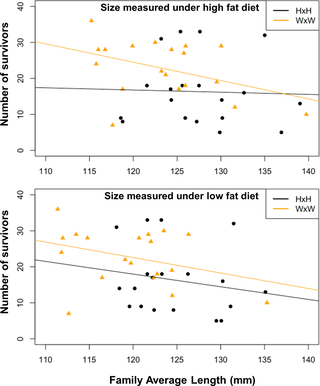Irrelevant
Well-known member
Pretty interesting research. Anyone who's paying attention knows that steelies are in a helluva bad spot, pretty much everywhere, but there's been a lot of research that shows hatchery fish, their mere presence in a river, have pretty large negative impacts on the wild fish.
It's really crazy to think there's such quick evolutionary change is occurring. A single generation, which really pushes against the theory that I learned in school that evolution was more based on random mutations that happen to increase one ability to propagate. These kinds of research are showing more and more than environmental pressures can really change our DNA or at least our gene expression in rapid ways. Which honestly makes more sense.

 journals.plos.org
journals.plos.org
It's really crazy to think there's such quick evolutionary change is occurring. A single generation, which really pushes against the theory that I learned in school that evolution was more based on random mutations that happen to increase one ability to propagate. These kinds of research are showing more and more than environmental pressures can really change our DNA or at least our gene expression in rapid ways. Which honestly makes more sense.
Offspring of first-generation hatchery steelhead trout (Oncorhynchus mykiss) grow faster in the hatchery than offspring of wild fish, but survive worse in the wild: Possible mechanisms for inadvertent domestication and fitness loss in hatchery salmon
Salmonid fish raised in hatcheries often have lower fitness (number of returning adult offspring) than wild fish when both spawn in the wild. Body size at release from hatcheries is positively correlated with survival at sea. So one explanation for reduced fitness is that hatcheries...




